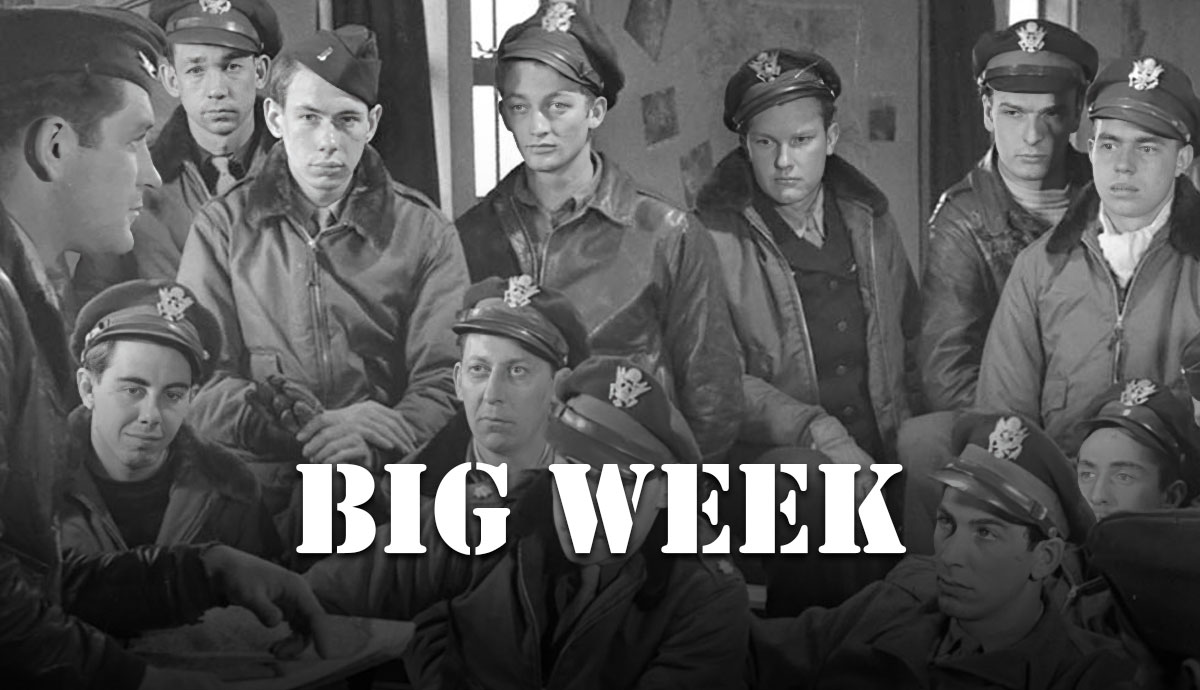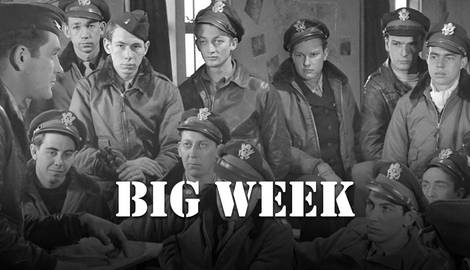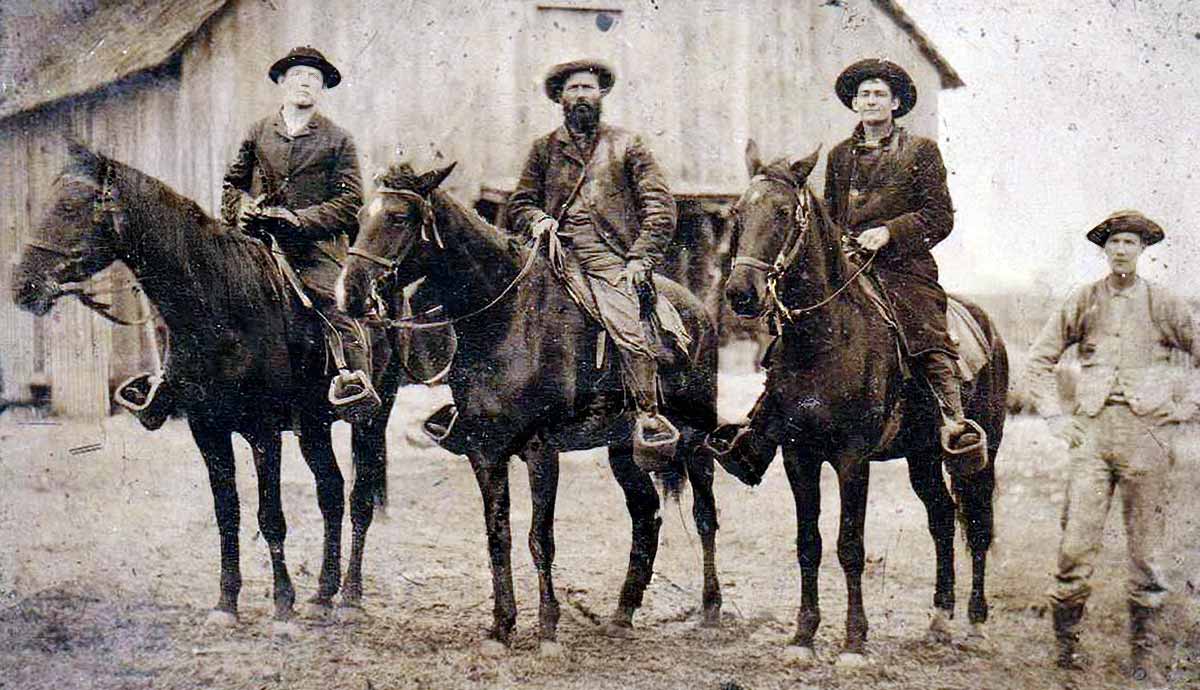
By 1944 the Allies had all in motion for the cross-Channel invasion. In support, Big Week needed to cripple Luftwaffe. First, all German aircraft production, such as factories, ball bearings, and engine plants, would be targeted. Second, bait the Luftwaffe into an attritional battle it couldn’t hope to win and finally establish air superiority over the invasion beaches.

Air superiority was a must-have for the Allies. Control in the skies over the invasion beaches would be essential, plus interdicting the feared panzer divisions to prevent a counterattack. Failure or success could depend on this one factor. The Allies knew fighting on three fronts now stretched the Luftwaffe to the breaking point.
Earlier Losses

1943 saw the American bomber campaign gain momentum as the four-engine B-17s and B-24s breached the Reich’s skies. Despite some early setbacks, the Americans felt the multiple machine guns on the bombers flying in box formations would hold off any interceptors. Harsh reality doomed their hopes.
The Luftwaffe downed bombers in droves, sometimes more than ten percent on a single raid. The Germans initially used single-engine fighters but later added twin-engine interceptors like the ME-110 and ME-410. Slower than the fighters, these carried heavier weapons. Their grenade launchers and thirty-millimeter cannons only required several shots to down the four-engine heavies. In late 1943, raids over Schweinfurt or Regensburg cost dozens of bombers and hundreds of aircrews. All deep raids halted until a change happened. The P-51 Mustang became that change being built for long-range missions. This plane matched any German fighter and still escort the bombers. Other American fighters got drop tanks.
The larger drop tanks significantly extended the range for big fighters like the P-47 Thunderbolt. Many fighter squadrons began swapping their planes for Mustangs by late 1943. Deep raids wouldn’t resume until February.
Start of the End

RAF bombers climbing to altitude began Big Week on February 19, 1944, 823 strong. The following day, 1,000 American bombers and over 600 hundred fighters did the same, starting the continual bombing campaign. British and American command staff reluctantly estimated twenty percent or more in losses. Seventy-nine RAF bombers failed to return the first night, probably making the Americans more nervous.
The Americans tweaked their tactics for Big Week. The fighter escorts now ranged over the skies instead of sticking to the bombers. They pounced on Luftwaffe interceptors as they maneuvered to attack or returned to base. And it worked. To the Luftwaffe pilots’ horror, American planes ambushed them close to home.
Day One turned into an American success. The fighter tactic changes rudely shocked the Luftwaffe, especially the twin-engine fighters. These interceptors carried heavier weapons, like parachuting mines, rocket launchers, and larger cannons. But this came at a penalty- the loss of maneuverability. Twin-engine fighters could not outfight single-engine fighters, so they became sitting ducks for the nimble American planes.
Luftwaffe tactics dictated their pilots ignore the bomber escorts, hitting the bombers hard. They couldn’t get close to four-engine heavies in their BF-109s and FW-190s. The American roving fighter tactics now worked. On Big Week’s first day, seventy-four German planes were destroyed. Some fourteen BF-110 twin-engine fighters got shot down, an enormous toll for specialist aircrew. The Luftwaffe completely switched them back to their night roles with fewer losses. The Luftwaffe and flak did claim American bombers, but the American could replace them.
Luftwaffe Reaction

Adolf Galland, Nazi Germany’s top fighter general, knew trouble lay ahead from November 1943 on. Pilot training had already been cut, and most fighters recalled from other fronts for Germany’s air defense. Worse, a shortage of trained pilots existed.
The Allies Big Week offensive strained the Luftwaffe’s pilot shortage even more. The offensive destroyed so many factories for two months that few fighters were built. And Galland knew the pressure wouldn’t lessen. In other words, the air war started slipping over in the Allies’ favor.
The Finale

Big Week continued for four more days despite lousy weather. Diversionary raids by B-26 bombers hit targets in France, Belgium, and Holland. The last missions flew on February 25, letting the tally begin. The USAAF and RAF lost twenty percent of their strength. Big Week achieved air superiority while almost fatally damaging the Luftwaffe. Germany lost 262 fighters, with one hundred irreplaceable veteran pilots killed. Few, if any, Luftwaffe planes would appear over the D-Day beaches in June.










